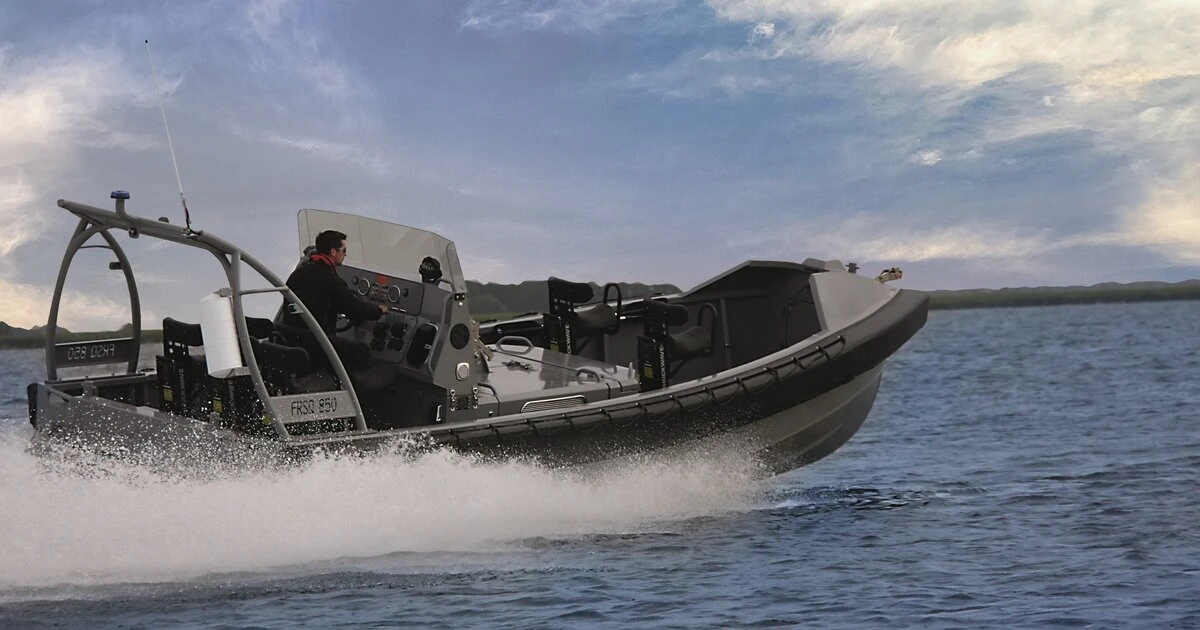
Marine Radio & Navigation
Marine VHF radio is a worldwide system of two-way radio transceivers on ships and watercraft used for bidirectional voice communication from ship-to-ship, ship-to-shore, and in certain circumstances ship-to-aircraft. Marine radio equipment is installed on all large ships and most seagoing small craft. It is also used, with slightly different regulation, on rivers and lakes. It is used for a wide variety of purposes, including marine navigation and traffic control, summoning rescue services and communicating with harbours, locks, bridges and marinas.
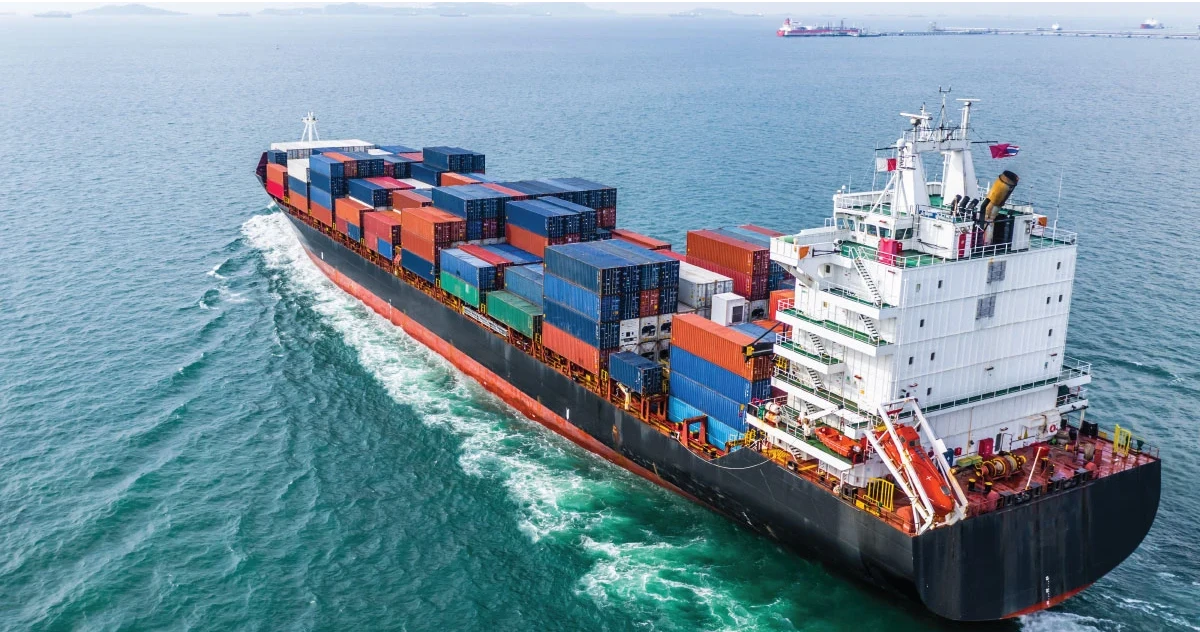
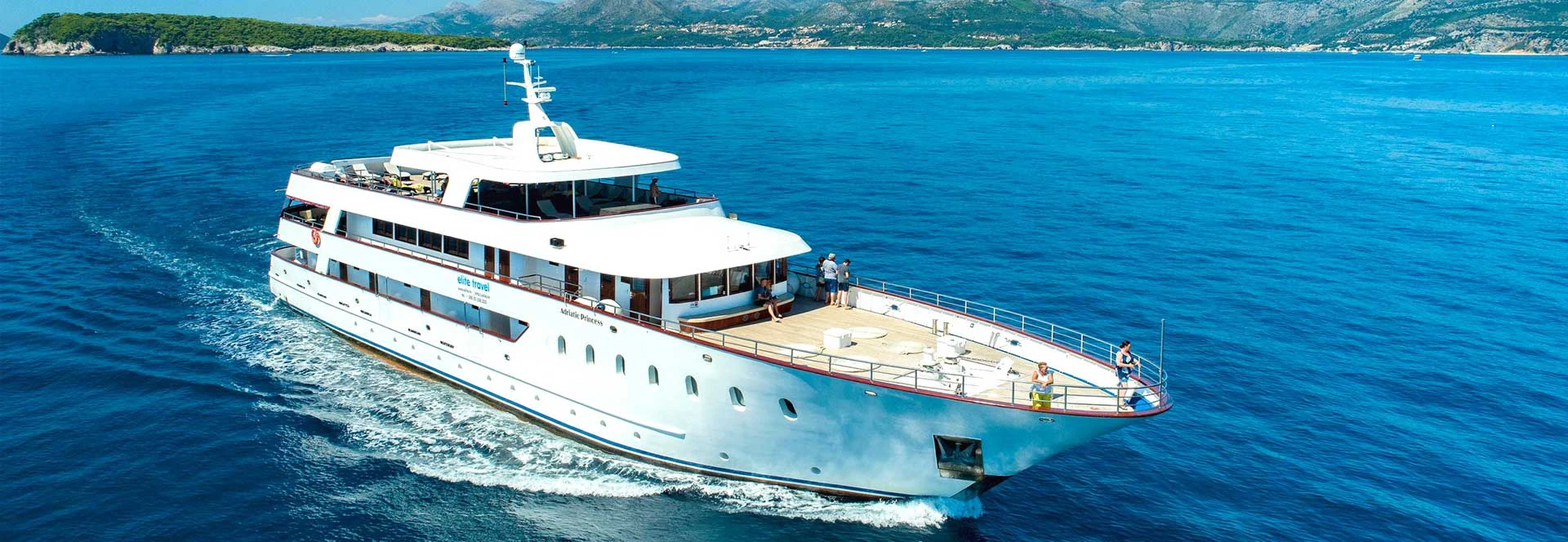
There are many types of Marine radio, including: Handheld VHF radio, Mounted VHF/DSC radio, Commercial radio, GMDSS radio, and AIS & Navigational Products. All of these types of radio are designed for different applications, and are equipped with different technologies and features. Ships will use Marine radio systems to communicate with eachother, whether they’re transmitting to other ships or into shore, it is the standard means of communication at sea. However, ships may also be equipped with AIS (Automatic Identification System) and navigational GPS products. AIS systems transmit a ship’s position so that other ships are aware of it’s position, and these systems alongside navigational technology like GPS and ARPA (Automatic Radar Plotting Aids) provide ships with all the navigational information they’ll need while out at sea.
Details on each of the different Marine solutions, including their unique benefits and features, are listed below:
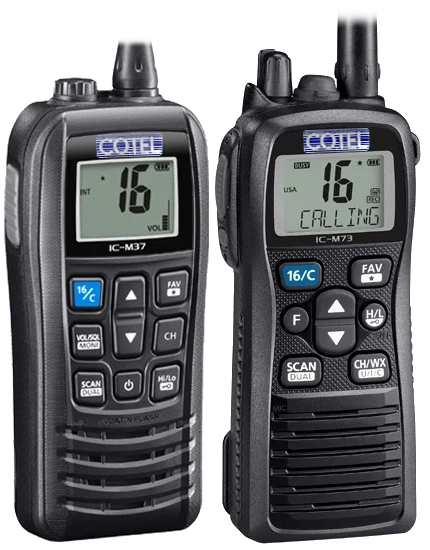
Marine Radio Hand Units are similar to typical two-way radio hand units, except they are specifically made for marine use, so they have their differences such as the fact that they are buoyant/waterproof and are pre-programmed to Marine radio frequencies. They are the most convenient and easy-to-use systems at a low cost, and they include all the standard features listed above, including safety features such as "float and flash" when they are dropped into a body of water. Features of Marine Hand Units include:
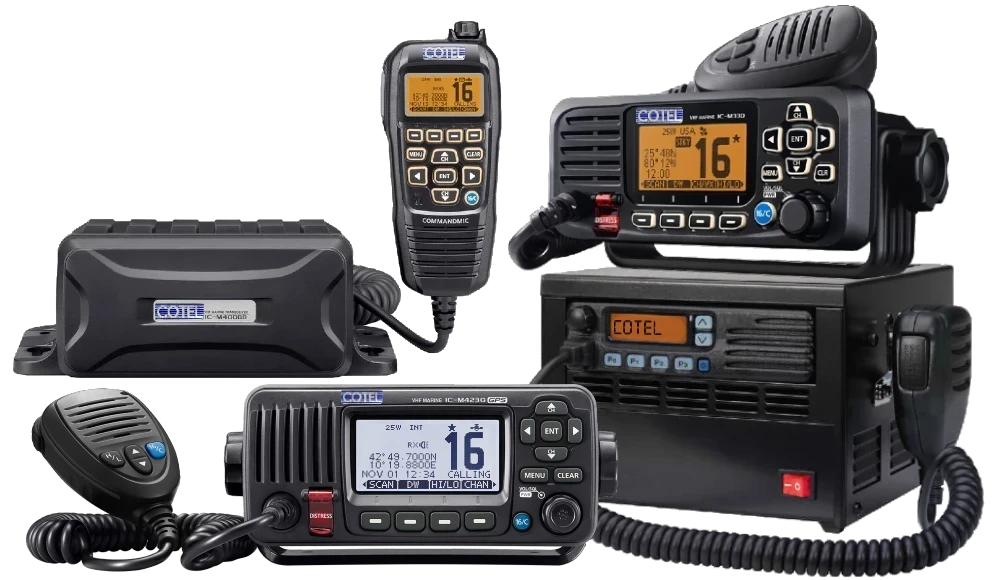
Mounted Marine Radio units are similar to two-way Mobile Radio units – they are installed into your ship, powered by the ship and connected to an external VHF aerial, and contain the same features as a typical radio and more. Mounted Marine Radios can also connect to an NMEA interface of your ship for external GPS/Nav integration. They also support DSC (Digital Selective Calling), which allows the radio to transfer information digitally, not just by voice, and to instantly send a digital distress alert to the Coast Guard. Features of Mounted Marine Radio units include:
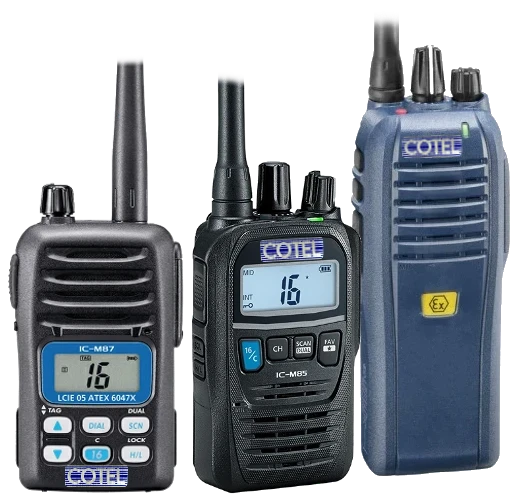
“Commercial” Marine Radio is ideally suited for workers operating in the commercial maritime environment. Commercial Marine Radio systems range over the likes of Hand Units, GMDSS units, mobiles and more, and these radios are typically made to a higher specification, necessary for professional work in the maritime environment. These radios include more features, such as safety features and those similar to dPMR two-way radio. Features of commercial systems include but are not limited to:

The Global Maritime Distress and Safety System (GMDSS) is an international system that uses terrestrial and satellite technology and radio systems, to ensure rapid and automated alerting of shore-based communication and rescue authorities, in addition to ships in the immediate vicinity, in the event of a marine distress. GMDSS Radio systems have been designed for GMDSS compliant (and survival craft) communications. A GMDSS radio system can be a hand unit or a mounted mobile radio. Features of GMDSS radio systems include:
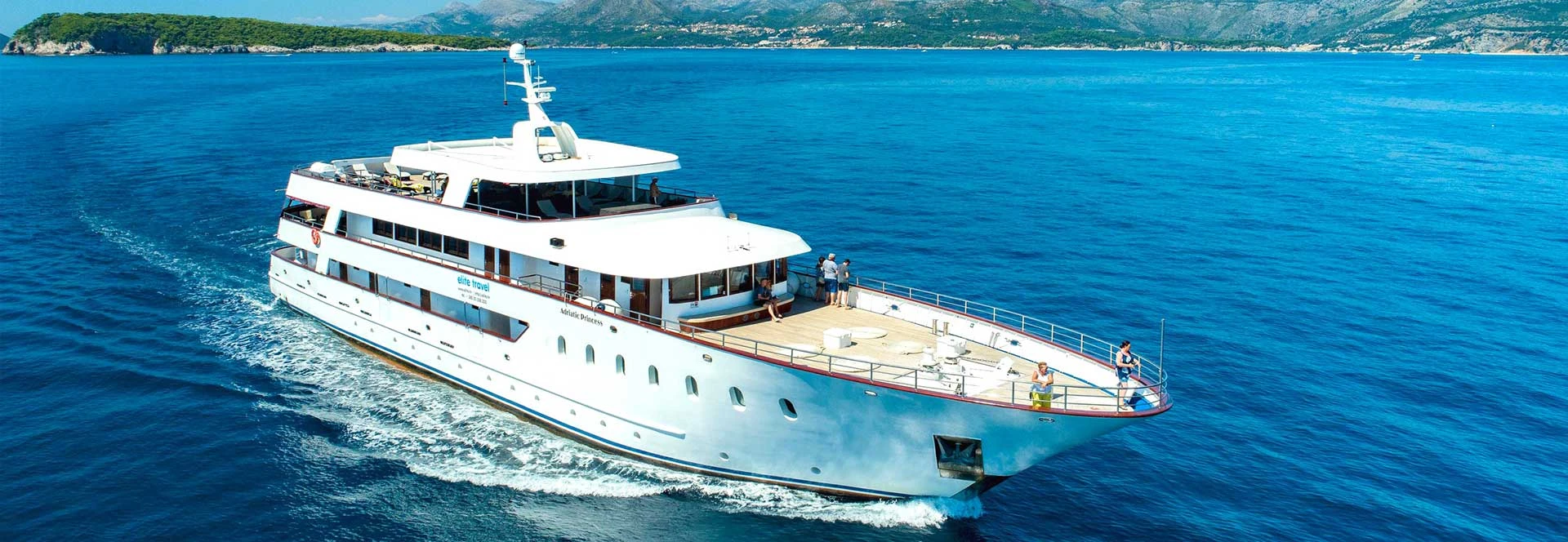
Automatic Identification Systems (AIS) are designed to be capable of providing position, identification and other information about the ship to other ships and to coastal authorities automatically. These systems are often used alongside GPS and navigational systems, to provide ship operators with all of the positional information they would need when out at sea. AIS and Navigational systems can include VHF/DSC mobiles, higher-spec hand units and dedicated ARPA/Radar systems.

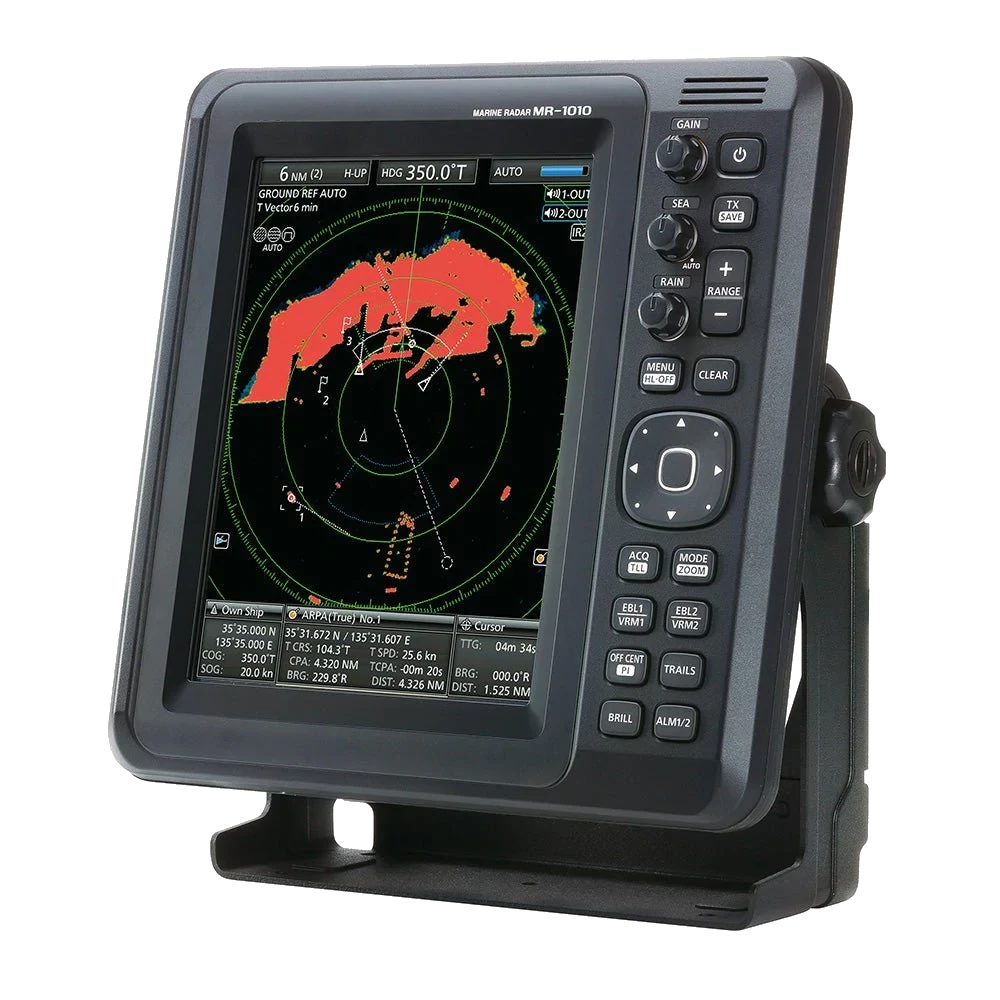
Features of AIS and Navigational systems include but are not limited to the following. (Note that these features vary depending on the type of equipment, e.g. Mobile Radios as opposed to Radar systems.)
The MR-1010RII is a dedicated Marine Radar with advanced collision-avoidance features such as simplified ARPA and DSC/AIS information. The system features an intuitive user interface with large colour display and optional video outfit unit, a powerful scanning range, programmable zones and waypoint indication. This is an intelligent ARPA radar system capable of tracking targets, providing detailed information and more.
For a series of leaflets documenting our product range, see the Leaflets page.